This chapter mainly outlines 'the problem of language' and only offers some solutions, more of which will come later. It should be noted that those who are particularly attached to some of Chomsky's ideas, or McKenna's 'mushrooms of language' hypothesis may not entirely enjoy what follows!
A simpler and more elegant explanation is that these behaviours have evolved, and in this light we gain our first insight, that in the world of signal communications, all possible systems of language are not the same, for there are signs and there are symbols.

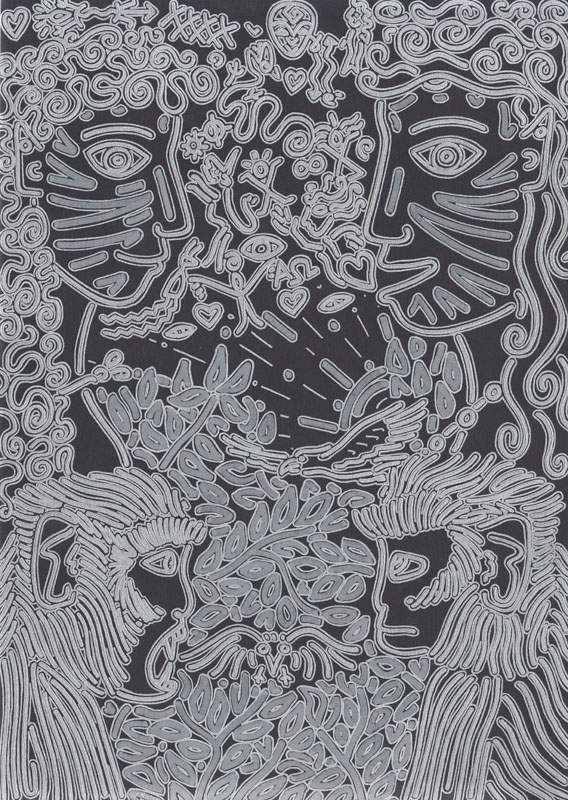
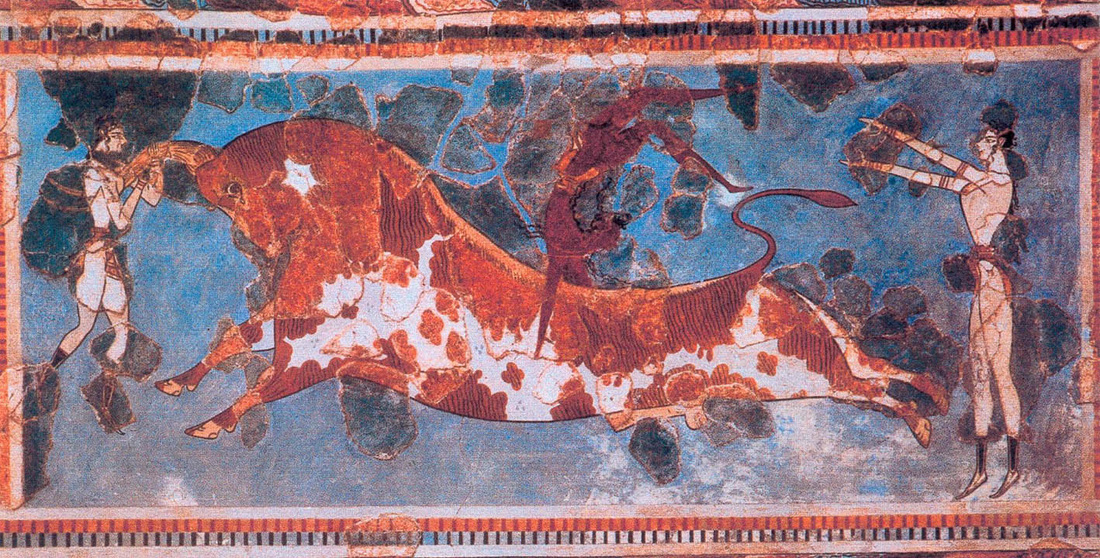
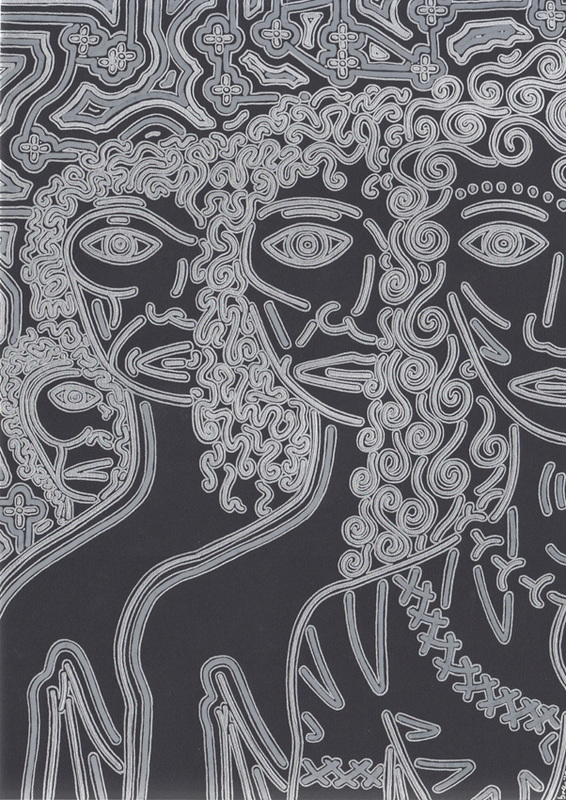
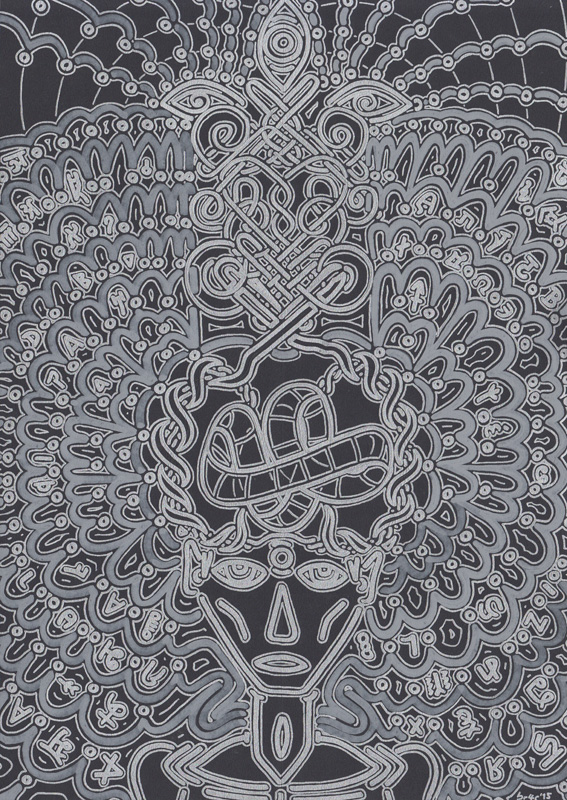
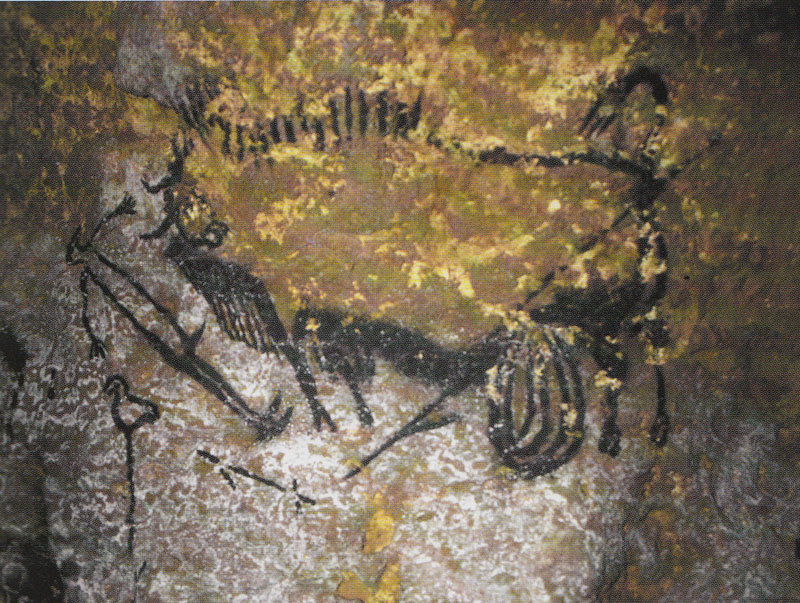
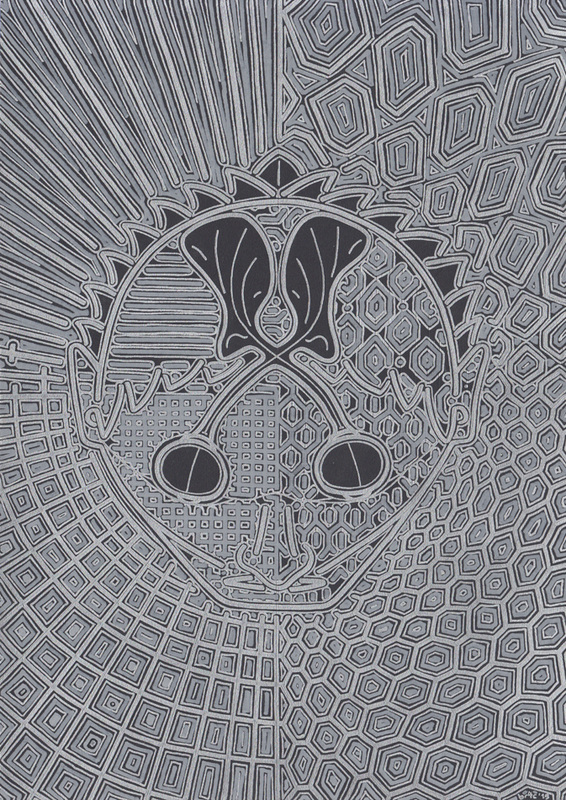
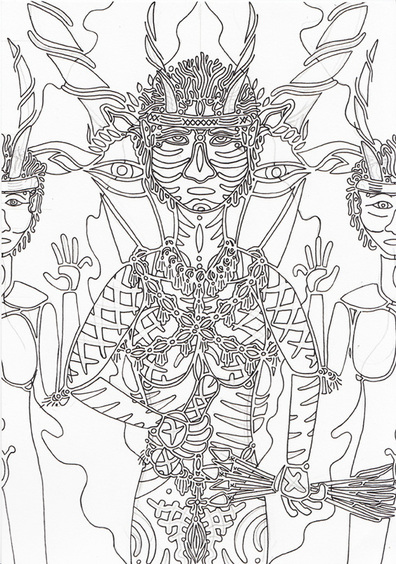
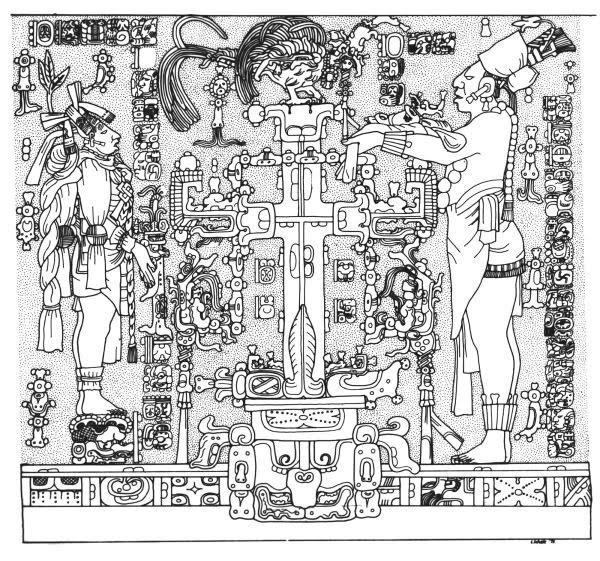
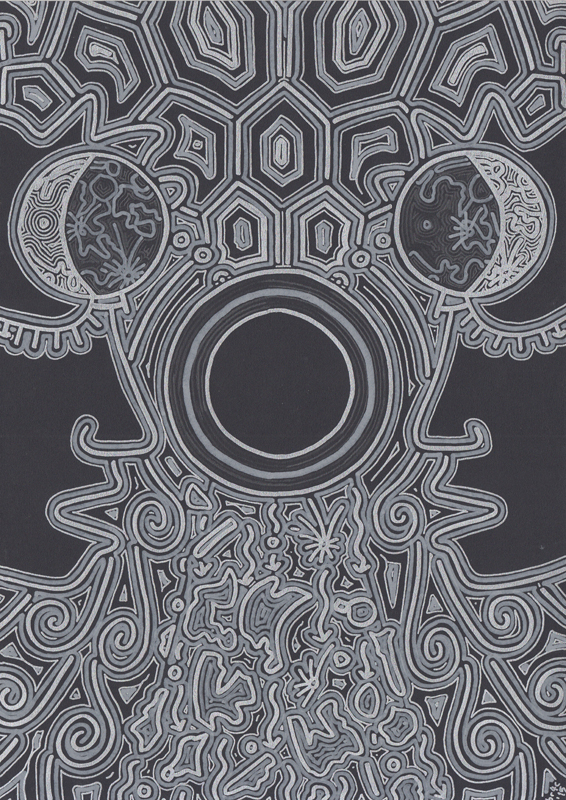
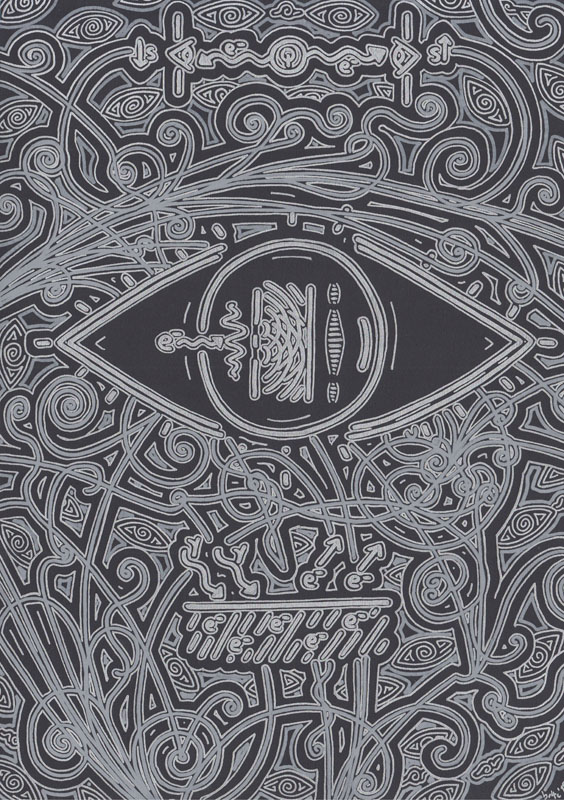
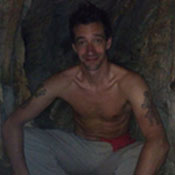

 RSS Feed
RSS Feed






